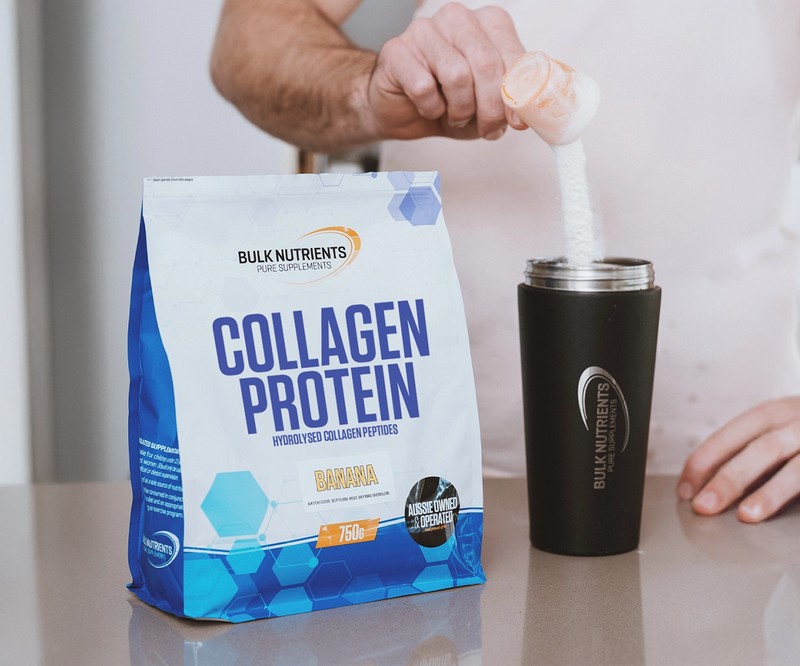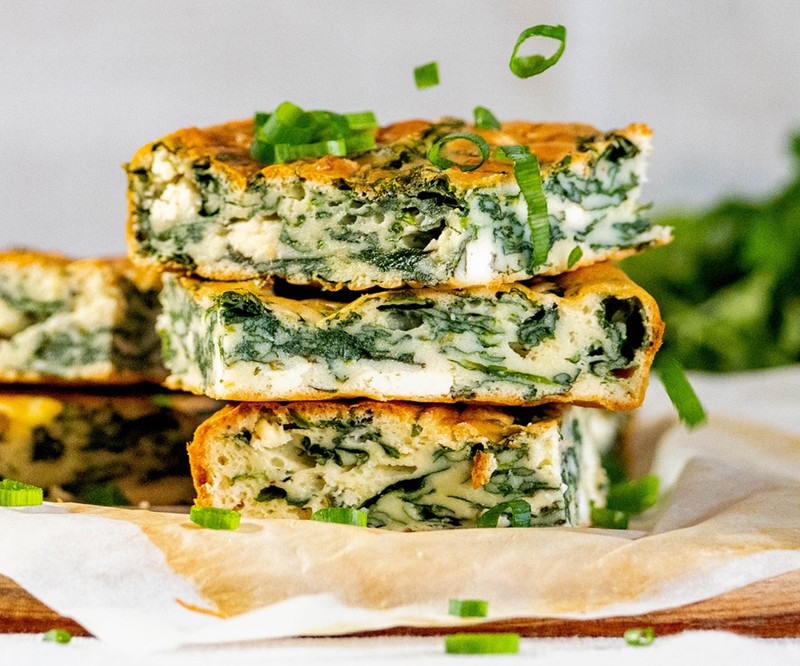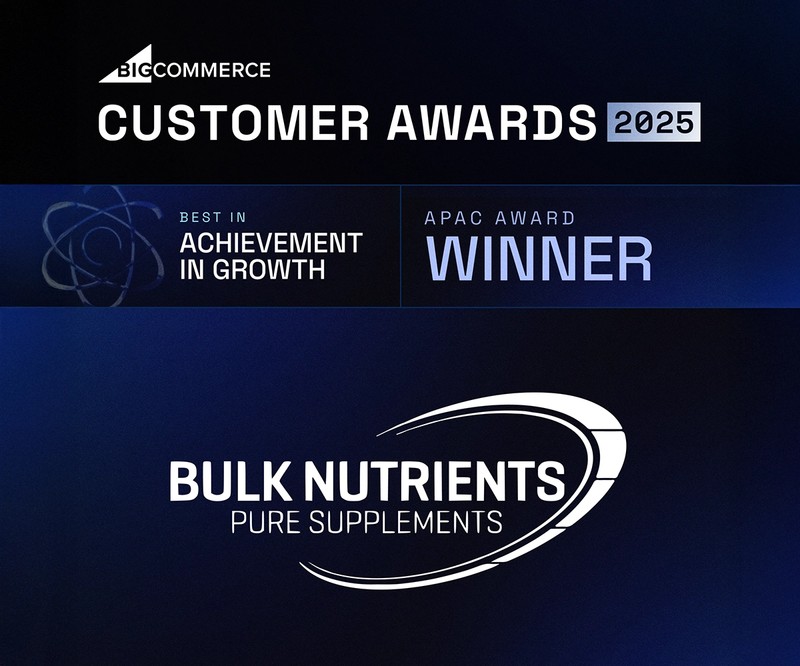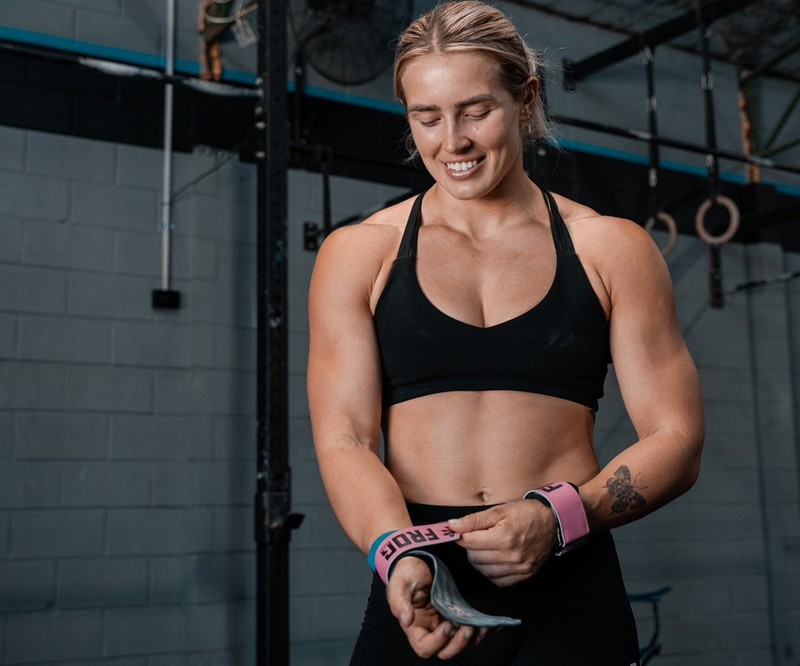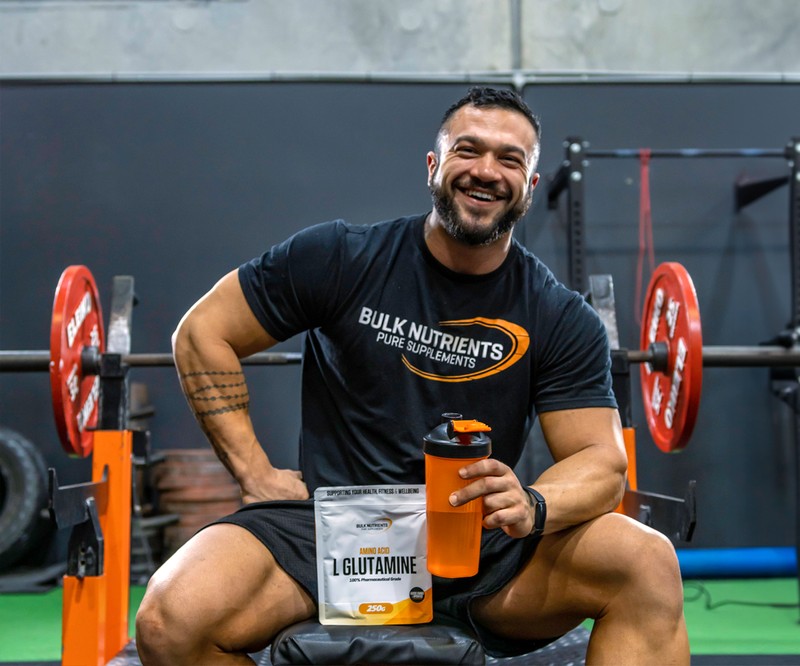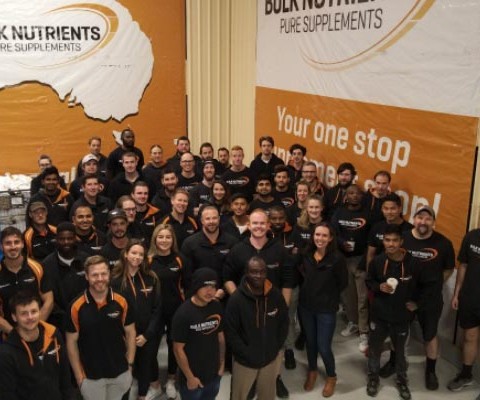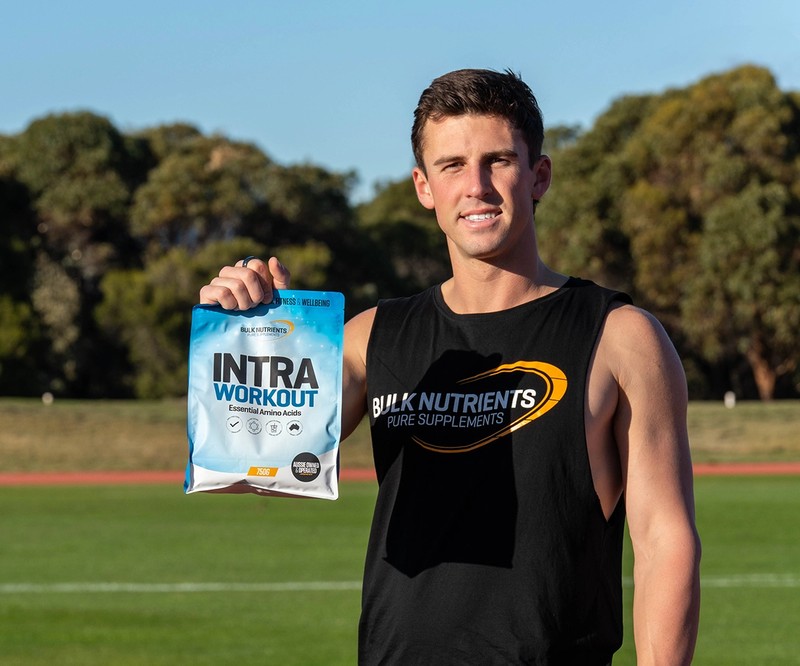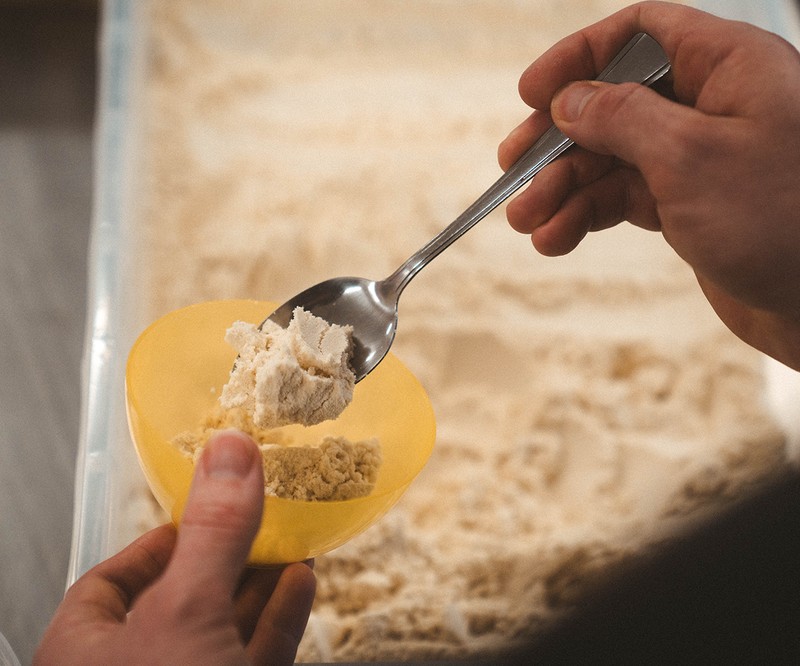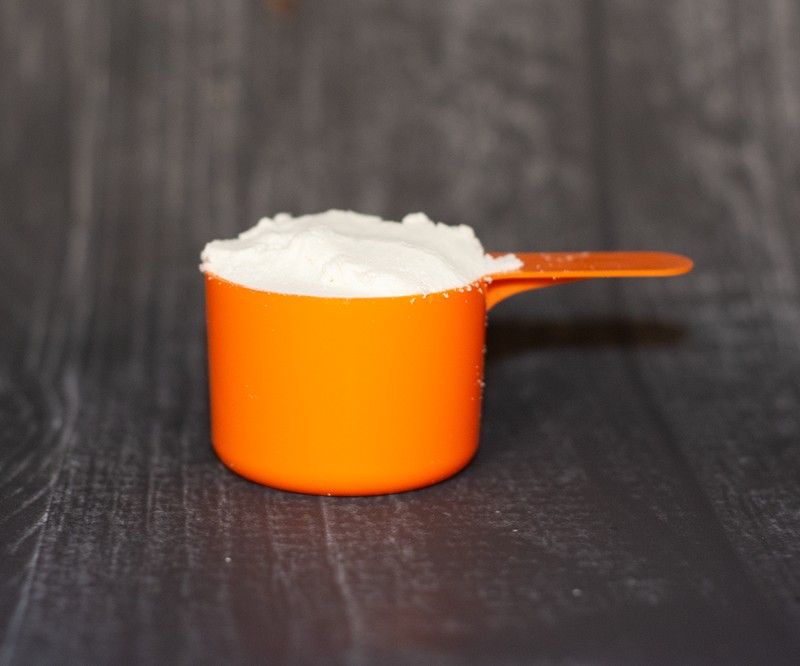Everything You Want to Know About WPI Quality

How do I know if the WPI I am buying is pure?
Unfortunately, the most important question is the most difficult to answer. While the logical thing to do would be to check the label and trust what you read, this is only half the story. Legislators in Australia do not audit companies’ products and check label claims, unless under very special circumstances. This means there is a large element of trust between you and the company you purchase from.
You may not know, but over the last 5 years Bulk Nutrients has funded the testing of over 250 protein products to be lab tested by the National Measurement Institute. These tests have all been requested by consumers, where individuals send their products directly to the NMI laboratory.
Bulk Nutrients has nothing to do with the actual tests or samples, we just pay for them to be done.
For us, we get a really good record of what’s happening in the industry, and we don’t have to buy a competitor’s protein (which some would consider to compromise the legitimacy of testing). These tests have revealed some very interesting information, but there are clearly a few trends.
In many cases you can’t trust the label for accuracy, particularly the nutritional panels, which can be out by surprisingly large margins, usually when out its actual protein being lower than claimed, with carbohydrates much higher. In some cases, paying more can give a better chance of meaning a product meets label claims, but this is not always the case.
Generally, the most woeful results (with proteins as low as 40% pure when they are labelled as 90%+) occur from cheaper Australian based companies – looking at eBay here, with multiple culprits
That said, some larger US companies’ products have had results well over 10% out of spec and some are facing serious claims of protein spiking:
“Protein Spiking” occurs when cheaper added aminos (such as Glycine and Lysine) are added which aren’t listed on the label. As a consumer this can sometimes it can be identified by looking at the whey itself. Keep in mind all whey should be light and fluffy with a very uniform colour. It should not contain any grittiness or coloured flecks if it is labelled as a pure product.
The good news is that there are many companies in Australia and overseas who consistently manufacture product which meet label claims and have never had any issues with under dosing or amino spiking.

Take home point, conduct research on the company to ensure they haven’t been involved in any scandals in the past as many have (google is great here). If in doubt, seek proper guarantees on protein purity from the company you are purchasing from and ask as many questions as possible
What can I actually do to check if my product is ok though?
By far the best way is to have your product lab tested for protein content. Lab testing is great in determining if your product is cut with carbohydrates, however if it is ‘spiked‘ with amino acids, a more comprehensive test needs to be done. If you want to lab test your product free of charge, then get in touch and we’ll guide you through the process.
The other thing you can do is to source a guarantee from the company you buy from, at Bulk Nutrients we are completely happy to give guarantees.
If you do go ask the company for results of their own lab testing, just keep in mind one lab test of a single product years ago is next to useless.
Any relevant lab test should match a product made recently, and it should contain a batch code and information on the product / flavour tested. Really, good companies should be testing their products regularly and they should be happy to share those results with the public. They should have 10 – 20 lab tests to show you, not just one or two.
Take home point, nothing is better than you personally lab testing a product. You can always request lab tests from a company you purchase from, as it indicates how seriously they take this issue. Trusting a company as they appear large and legitimate may not be enough in our opinion. Check that any lab test results come directly from a legitimate laboratory and has details like batch number, flavour to identify the product tested.
Now we have that out of the way, the next question is origin, where is the product made?
So, WPI from New Zealand is the best, right?
Well, no. In some cases, WPI from New Zealand may be the same or could surpass WPI from The United States or other countries, however some WPI (particularly some of which is popular at the moment) is clearly worse, depending on where your values lie.
Obviously WPI from NZ which is cut with carbohydrates or amino acids will be inferior to any pure protein made anywhere else, so establishing the first issue on purity is the best place to start.
Finally, some companies are claiming their protein comes from NZ when it clearly doesn’t. Yeah, I know, we’re not making this easy for you here…
How important is the country of origin of the product?
For years’ people (including us) have liked Fonterra’s whey due to it being made in NZ. It is grass fed and hormone free, which most people believe is unique. Luckily for us, that is now not the case as many suppliers from all over the world now offer whey proteins with the same guarantees as supplied from Fonterra in NZ. They guarantee that their whey proteins are sources from predominantly grass fed cows. Virtually no manufacturer, not even Fonterra, will guarantee their cows are grass fed 100% of the time.
If they were prepared to let cows die then they could, but most companies (including NZ Fonterra) will supplement with feed when necessary. Grass fed is of course more natural, and in our opinion it results in a cleaner tasting whey. It generally also leads to lower fat levels and superior products. That is why we will continue to source grass fed products.
Take home point – if grass fed whey is important to you, look for whey which comes from predominantly grass fed cows, and ensure your supplier is happy to show you proof of this. This will be way of certificates provided by the raw manufacturers.
What about hormones and the cows?
I hear New Zealand is the only country which doesn’t use hormones with their cows.
Again this point is not exactly true all of the time. NZ dairy does mean that cows are free from Bovine Growth Hormone (rbST)– also known as bovine somnatrophin, note, rbST is considered completely safe by food authorities around the world. NZ dairy also restricts the use of estrogenic substances such as 17 – Beta Oestradoil, which results in a product considered “hormone free”.
Keep in mind none of these hormones have been measured to effect the milk (and therefore whey) however we understand they still concern some people.
Nowadays however, countries such as Ireland are matching the standards set by New Zealand and are ensuring that few hormones are used in the production of their milk (and thus whey). US Whey varies largely in terms of hormones used, as the country is so vast. Some manufacturers will provide information on their products being hormone free.

Take home point, while NZ cows which are responsible for whey are hormone free, other countries and suppliers are adopting the same standards. We suggest you request this information from a supplier if you are concerned.
What about how the whey is actually made?
There are many different processes that whey protein can be made (Ion Exchange, Cross Filtered etc), is this an important point?
In terms of product quality and nutritional information, this is probably the most important point (apart from ensuring the product you buy is in fact pure) particularly if you are concerned about quality of your protein. Most WPIs are around 90% actual protein “as is”, however some are less pure than this. One thing everyone should be aware of is a sneaky trick some companies use to promote their WPIs protein content based on a “dry basis”.
This measure is based on all moisture being removed from the whey (which is only done in a laboratory). This measure should not be considered useful when trying to determine the percentage of your product, the only important number here is the “as is” ratio.
If you are concerned the company you are buying from is claiming a protein content based on a “dry” basis (a percentage of 93% or higher is a dead giveaway) assume that this is the “dry” ratio. To get the correct percentage, you would generally subtract 5%, so the protein content would be approximately 88% for a protein which is claimed to be 93% on a dry basis.
There are a few ways that raw whey manufacturers make WPI, generally the most preferred is by way of micro filtration (also known as ultra-filtration). Using this process, the whey is not affected by heat, the result being a great amino acid spread and more importantly whey fractions which better support muscle growth.
This is the biggest issue with Ion Exchange WPI which much of comes from NZ. While technically it has a higher protein percentage (often as high as 92% raw), the method used to manufacture it (which includes a lot of heat) results in an inferior product.
Other companies promote the benefits of “natural whey” which is made by extracting the protein from milk, rather than whey, however they are completely lacking in glycomacropeptides, which are important for muscle growth.
In our experience “natural whey” (much of which comes from France) has a slightly unpleasant taste raw and contains around 3% carbohydrates – which is very high for an isolate. For these reasons and the fact it has close to no glycomacropeptides is why we don’t use “natural whey” at Bulk Nutrients.
On micro filtration vs ion exchange, Fonterra’s comparable products are worth looking at. Their micro filtered which is branded as “Alacen 894” contains over 20% total glycomacropeptides, whereas their Ion Exchange “Alacen 895” is only 1.6% glycomacropeptides, even though on paper the Alacen 895 may appear a better product.
One major issue for the wary consumer is that due to the multiple processes involved, ion exchange WPI is often still labelled as micro or ultra-filtered WPI, however there is some clear ways to identify ion exchange WPI.
If you are concerned about having ion exchange WPI as you prefer a balanced functional protein, a dead giveaway for ion exchange WPI is one which doesn’t mix well (look for larger filaments) as well as a less pleasant taste. Raw ion exchange WPI is harder to flavour and the differences can often be sensed in flavoured whey.
Take home message, if you want to ensure you are consuming non Ion Exchange WPI then ask a manufacturer for a “protein composition” sheet. This should break down the levels of lactalbumin, lactoglobulin and glycomacropeptides. If you want the best tasting, good mixing protein, then shoot for WPI made by ultra, micro or cross filtration.
As you can see from this article, it’s a bit of a minefield. It is very important to deal with a company you can trust, and has a good record, as well as one which is happy to provide you with additional information if you request it.
Remember companies are very rarely audited for labelling accuracy, so taking information which appears on a label as fact relies on complete trust in that company. That said, companies who have been around for a long time with a great reputation, have generally earned it through years of producing quality products – reputations can’t really be bought!
Do your diligence, ask the right questions, seek out real information, and lastly, remember Bulk Nutrients offers free lab testing with a Government laboratory in case you want to test any company’s product you have purchased.
May you find your whey through the darkness!

Ben Crowley, founder of Australia's top sports supplement brand, Bulk Nutrients, combines two decades of industry experience with a commitment to employee work-life balance and career growth.
A firm believer in quality, Ben founded Bulk Nutrients to provide affordable, high-quality products, even amid global challenges.
Apart from business, he enjoys family time, outdoor activities, and adrenaline-charged car projects.
More about Ben Crowley





